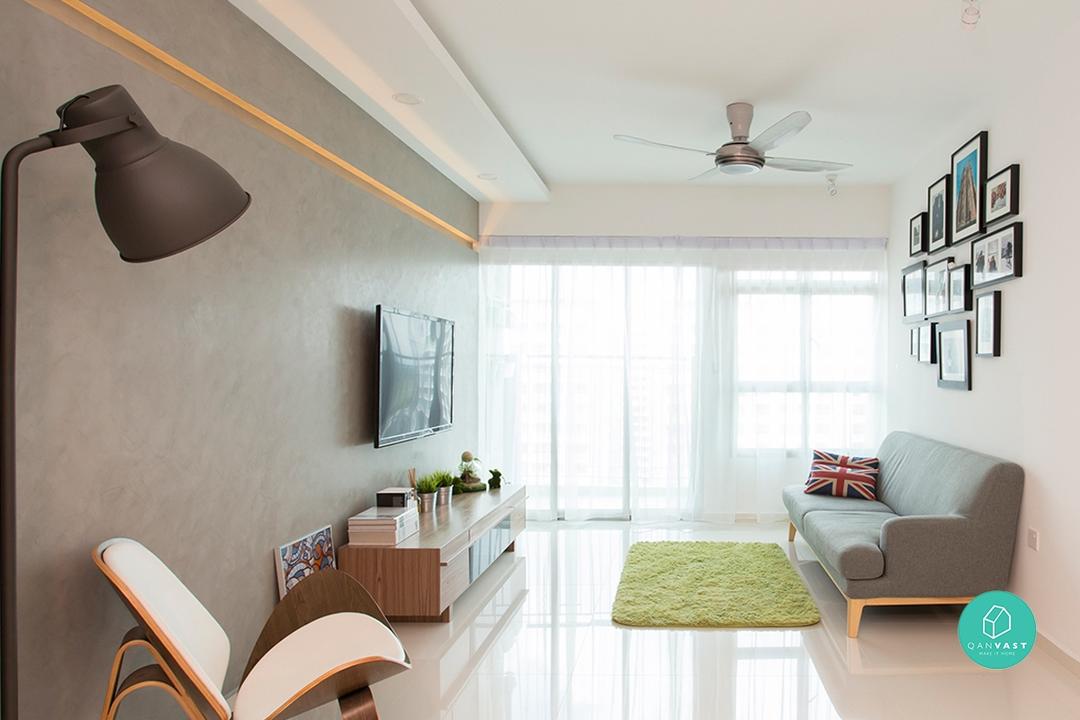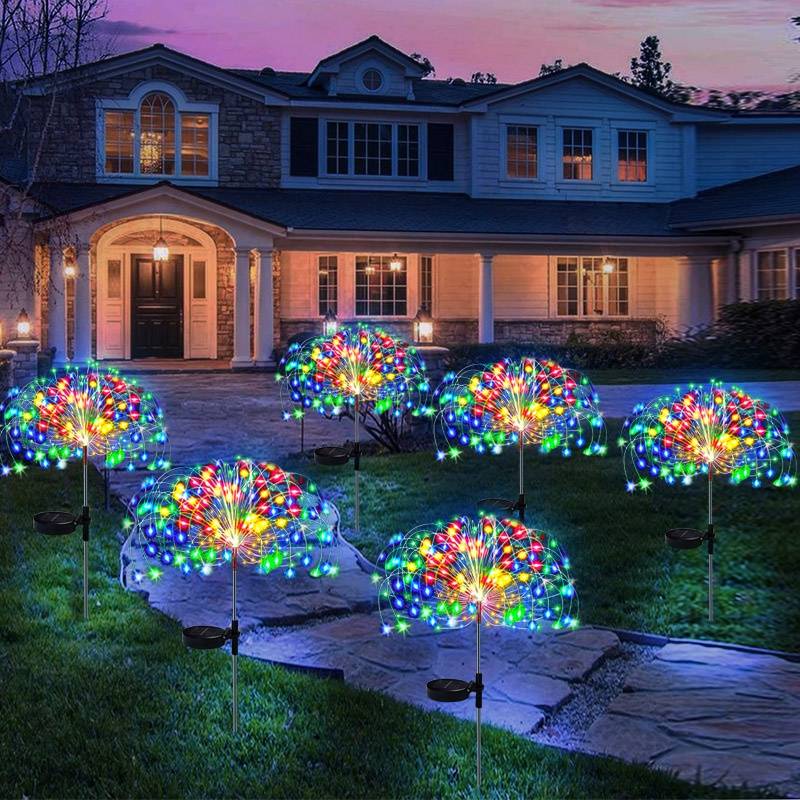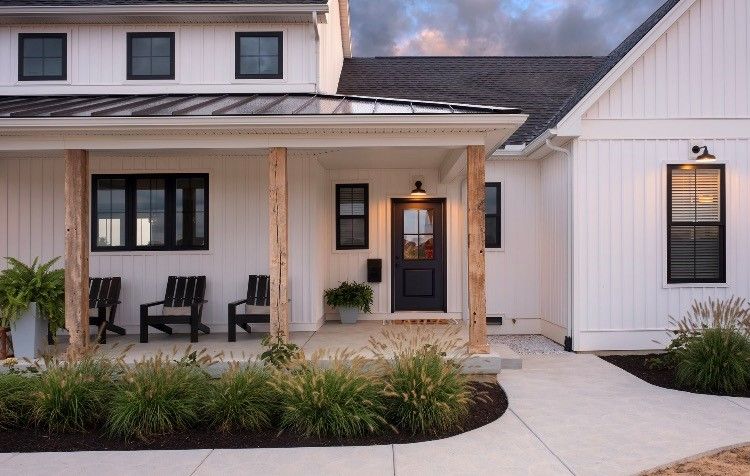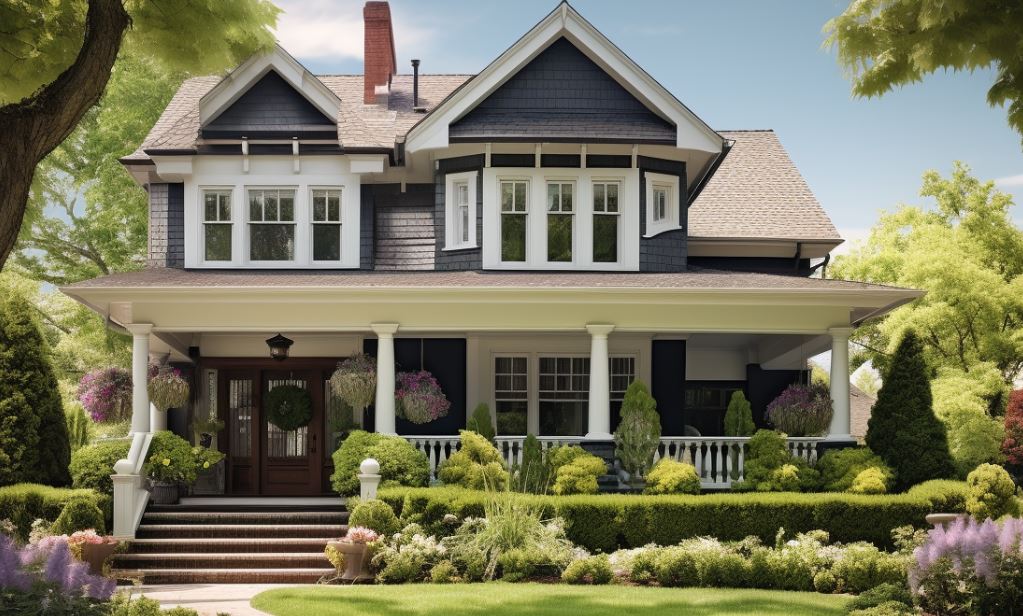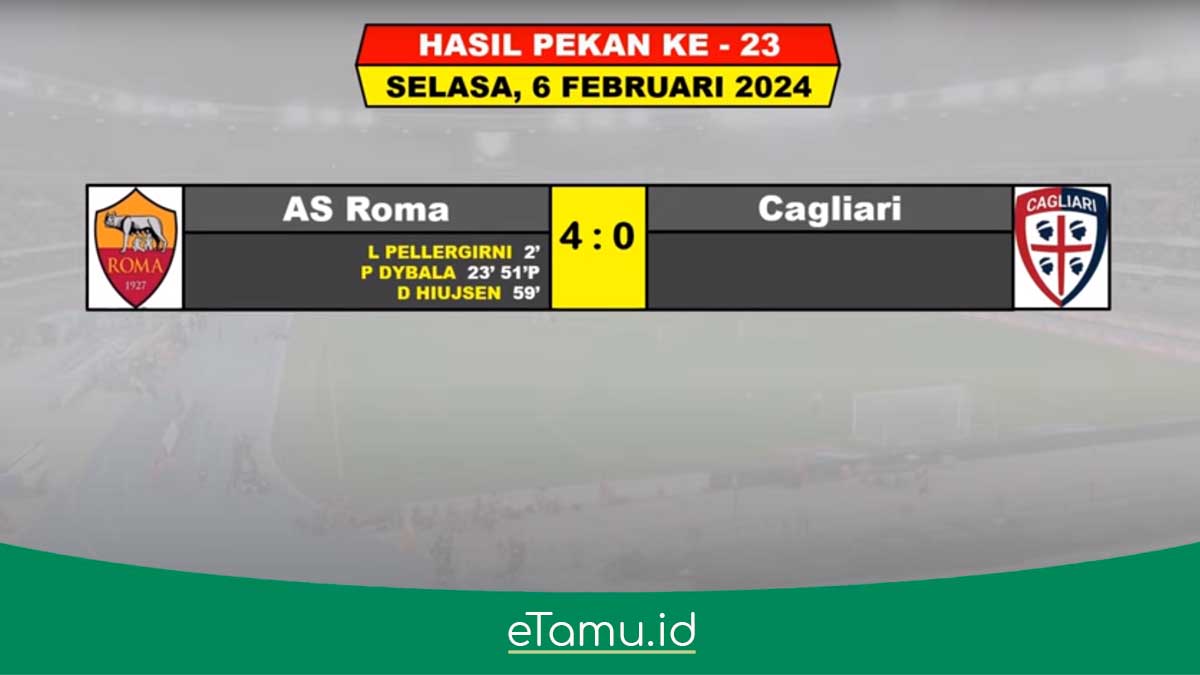Urban modern home designs are becoming increasingly popular, blending contemporary aesthetics with the practicality of urban living. This exploration dives deep into the key characteristics, design elements, and considerations for creating a functional and stylish urban dwelling.
From defining the core principles of urban modern architecture to examining the integration of technology and sustainability, this guide will cover everything from interior design choices to exterior features and cost considerations. It also explores the influence of urban lifestyle and context on the design process.
Defining Urban Modern Homes
Urban modern homes represent a contemporary take on minimalist design, blending functionality with aesthetic appeal in densely populated urban areas. They are characterized by a focus on open floor plans, efficient use of space, and clean lines, often incorporating sustainable elements. This style has evolved over time, drawing inspiration from various architectural movements.Urban modern design isn’t just about aesthetics; it’s about creating livable spaces that reflect the unique needs of city dwellers.
This style emphasizes efficiency, natural light, and often integrates innovative technologies to maximize comfort and functionality within a limited footprint.
Core Characteristics of Urban Modern Homes
Urban modern homes are typically characterized by a series of key features. These characteristics are often intertwined, contributing to the overall aesthetic and practicality of the design. A key hallmark is a streamlined approach to design elements, eliminating unnecessary ornamentation in favor of clean lines and simple forms. Large windows are frequently used to maximize natural light, which is crucial in often-constrained urban environments.
Historical Context and Evolution of Urban Modern Design
Urban modern design emerged as a response to the rapid urbanization and technological advancements of the 20th century. It drew inspiration from the Bauhaus movement’s emphasis on functionality and the International Style’s focus on clean lines and geometric forms. This movement aimed to create aesthetically pleasing and efficient living spaces that accommodated the demands of city life. The movement also reflected the changing social norms and technological advancements of the time.
Early examples of urban modern architecture often prioritized maximizing space and incorporating innovative features like prefabricated elements.
Key Design Principles of Urban Modern Homes
Several fundamental design principles shape urban modern homes. A key principle is the maximization of natural light and ventilation, which is achieved through strategically placed windows and often large expanses of glass. Open floor plans are another prominent feature, fostering a sense of spaciousness and connectivity within the home. Efficiency in space utilization is paramount, minimizing wasted areas and maximizing the use of every square foot.
Comparison with Other Contemporary Architectural Styles
Urban modern homes can be contrasted with other contemporary styles. For example, while both urban modern and Scandinavian design value minimalism, Scandinavian homes often lean towards warmer tones and a greater emphasis on natural materials. Similarly, contemporary homes might incorporate more ornate elements or bold architectural statements, while urban modern emphasizes functionality and efficiency.
Typical Materials Used in Constructing Urban Modern Homes
A range of materials are commonly employed in urban modern construction. Durable and sustainable materials like concrete, steel, and glass are frequently used due to their aesthetic appeal and longevity. Wood is often incorporated for warmth and texture, and carefully selected finishes add a layer of visual appeal without detracting from the clean lines. The use of these materials often reflects an intention to balance aesthetics and environmental consciousness.
Modern homes are also likely to use energy-efficient windows and insulation.
Examples of Urban Modern Design
Numerous architectural marvels exemplify the urban modern style. For example, many modern high-rise apartment buildings in major cities are built with the principles of urban modern design in mind. Houses that have a focus on open floor plans, expansive windows, and clean lines exemplify this architectural style. The distinctive features of urban modern architecture are easily identifiable in these examples.
Interior Design Elements
Urban modern homes prioritize clean lines, open spaces, and a focus on functionality. These homes are designed for the modern lifestyle, balancing aesthetic appeal with practicality. They often feature minimalist design principles and a sophisticated, yet comfortable, ambiance.
Common Interior Design Elements
Urban modern homes frequently feature a combination of sleek, minimalist furniture with carefully selected accents. The overall impression is one of understated elegance. Neutral color palettes are a key characteristic, allowing for versatility and creating a calming atmosphere. Large windows are common, maximizing natural light, a critical component in these homes.
Space and Layout Maximization
Maximizing functionality is paramount in urban modern homes. Open floor plans are a common feature, fostering a sense of spaciousness and encouraging interaction. Multi-functional furniture is often incorporated, blending form and function seamlessly. Built-in storage solutions are employed to keep clutter to a minimum and maintain the clean aesthetic.
Natural Light Integration
Natural light is highly valued in urban modern design. Large windows, strategically placed skylights, and light-colored walls work together to bring the outdoors in. This creates a bright, airy atmosphere and reduces the need for artificial lighting. Light-filtering shades or blinds are often included to control glare and maintain privacy.
Color Palettes
Neutral color palettes are prevalent in urban modern interiors. These palettes often include shades of white, gray, beige, and black, with occasional pops of color in accent pieces. This creates a sophisticated and adaptable space. Warm tones can also be incorporated to add depth and a cozy feel. The key is to maintain a balance and avoid overwhelming the space.
Furniture Styles and Materials
Furniture in urban modern homes often features clean lines and simple forms. Materials like glass, steel, and wood are commonly used, offering a blend of durability and aesthetic appeal. Leather, linen, and wool are frequent choices for upholstery, providing both comfort and style. Modular furniture pieces are also favored, allowing for adaptable configurations to accommodate changing needs.
Flooring Options
Choosing the right flooring is critical in urban modern homes, as it plays a significant role in the overall aesthetic and functionality. The table below Artikels various options with their associated characteristics.
| Flooring Type | Aesthetics | Durability | Cost |
|---|---|---|---|
| Hardwood | Classic, warm, and elegant | High, if properly maintained | Medium to High |
| Laminate | Versatile, affordable | Moderate, can scratch | Low to Medium |
| Luxury Vinyl Plank (LVP) | Realistic wood or stone look, water-resistant | High, resistant to moisture | Medium |
| Ceramic Tile | Modern, sleek, water-resistant | High, very durable | Medium to High |
Exterior Design Features
Urban modern homes often showcase a sleek and minimalist aesthetic, reflecting the city’s fast-paced energy. Exterior design emphasizes clean lines, geometric shapes, and a focus on functionality, while still acknowledging the urban environment’s unique characteristics. The materials used are often durable and low-maintenance, considering the demands of a high-density living space.Urban settings significantly influence exterior design choices. Limited space, shared walls, and the presence of neighboring buildings necessitate careful consideration of light, ventilation, and privacy.
Architectural elements must be thoughtfully integrated to maximize the available space and create a harmonious relationship with the surrounding urban landscape. This often involves clever use of balconies, patios, and vertical gardens to create usable outdoor areas despite constraints.
Architectural Features
Urban modern homes typically feature a variety of architectural elements. These include flat roofs, large expanses of glass, and geometrically defined facades. These choices contribute to the home’s contemporary aesthetic, while also maximizing natural light and views. Open floor plans often extend seamlessly into outdoor spaces, fostering a sense of connection between interior and exterior living.
Influence of Urban Settings
Urban settings demand a practical approach to exterior design. Limited space necessitates the strategic use of every inch of the available area. The proximity of buildings impacts the design choices regarding light, ventilation, and privacy. Often, architects incorporate innovative solutions to maximize these aspects, such as shared walls, balconies, or strategically placed vegetation.
Integration of Urban Landscapes
Urban landscapes can be effectively integrated into the home’s exterior design. Vertical gardens, rooftop terraces, and strategically placed greenery can transform a concrete jungle into a more vibrant and appealing environment. The presence of trees and other vegetation can mitigate the urban heat island effect, improving the overall comfort of the home. Careful consideration of the surrounding urban environment is crucial to creating a cohesive and visually appealing exterior design.
Sustainable Design Choices
Sustainable design is paramount in urban environments, where resource conservation is critical. The choice of materials, construction techniques, and landscaping all contribute to a home’s environmental impact. Urban modern homes often incorporate sustainable design principles from the outset, reducing their environmental footprint.
Sustainable Materials and Technologies
Sustainable materials and technologies are increasingly common in urban modern homes. Recycled materials, reclaimed wood, and low-VOC paints are examples of eco-friendly options. Solar panels, rainwater harvesting systems, and energy-efficient windows contribute to the home’s sustainability and reduce its reliance on conventional energy sources. These technologies demonstrate a commitment to environmental responsibility within a dense urban context.
Comparison of Exterior Materials
| Material | Pros | Cons | Environmental Impact |
|---|---|---|---|
| Reclaimed Wood | Unique character, sustainable, often affordable | Can be uneven, may require more maintenance, availability varies | Lower impact than new wood, reduces waste |
| Composite Decking | Low maintenance, durable, weather-resistant | Higher initial cost, can be less aesthetically pleasing than natural wood | Often made with recycled content, reducing landfill waste |
| Concrete | Durable, long-lasting, relatively low maintenance | Can be heavy, requires specialized installation | High embodied energy, but can be sustainable with low-carbon cement |
| Sustainable Glass | Excellent natural light transmission, energy efficiency | Can be costly, potential security concerns | Low impact if recycled content is high, can reduce energy consumption |
Urban Context and Lifestyle
Urban modern homes are deeply intertwined with the urban fabric. They reflect the unique demands and opportunities presented by city living, prioritizing functionality, efficiency, and a connection to the surrounding environment. These homes adapt to various urban lifestyles, from bustling city centers to quieter neighborhoods, incorporating design choices that maximize space and address the specific challenges of urban density.Urban living dictates the design and functionality of modern homes, from the layout of a high-rise apartment to the exterior features of a townhouse.
The constraints of space and the need for multi-functional areas are central themes. The desire for light, ventilation, and a sense of connection to the outside world are also crucial design considerations.
Influence of Urban Density
Urban density significantly impacts the design of urban modern homes. Limited space often necessitates innovative layouts and multi-functional furniture. Open floor plans, maximizing natural light and ventilation, are common strategies. The use of vertical space is also crucial, as seen in the prevalence of lofts and multi-level apartments. Smart storage solutions, cleverly integrated into the design, are essential for maintaining order and organization in compact spaces.
In densely populated areas, noise reduction is a primary consideration, prompting the use of soundproof materials and strategic placement of rooms.
Lifestyle Needs and Design Choices
The lifestyle of the inhabitants profoundly shapes the design choices in urban modern homes. A young professional couple may prioritize a compact but stylish apartment with a well-equipped kitchen and a dedicated workspace. Families with children may seek homes with ample living space and a play area, potentially in a townhouse or a larger apartment. The needs of single individuals or senior citizens may require different design features like accessible design elements and personalized storage solutions.
Comparison of Urban Modern Homes in Different Settings
Urban modern homes vary significantly depending on the urban setting. High-rise apartments often prioritize open layouts, maximizing views and minimizing wasted space. Townhouses, on the other hand, might feature more private outdoor spaces and larger floor plans. Duplexes, often found in suburban areas with a transition to urban living, often incorporate features that strike a balance between open space and privacy.
Homes in historic urban areas may require careful consideration of architectural preservation regulations and aesthetic compatibility with existing structures.
Challenges and Solutions in Urban Modern Home Design
Designing urban modern homes presents specific challenges. Budget constraints are often a major factor, requiring creative solutions to maximize value and functionality. Finding innovative ways to maximize limited space is critical, especially in high-rise apartments and small townhouses. Balancing the desire for open layouts with the need for privacy and sound insulation is also important. Solutions include using smart storage, incorporating soundproofing materials, and strategically positioning rooms to minimize noise transfer.
Utilizing vertical space, including lofts and multi-level design, can greatly enhance the usability of the home.
Table: Pros and Cons of Different Urban Living Styles
| Urban Living Style | Pros (for Urban Modern Home Design) | Cons (for Urban Modern Home Design) | Design Considerations |
|---|---|---|---|
| High-Rise Apartment | Maximized views, efficient layouts, access to amenities, potential for affordable living | Limited space, noise issues, potential lack of privacy, limited outdoor space | Open layouts, smart storage solutions, soundproofing, maximizing natural light |
| Townhouse | More space than apartments, potential for private outdoor space, greater privacy | Higher cost, limited views, potential for noise from neighbors | Multi-functional layouts, outdoor entertaining areas, incorporation of natural light and ventilation |
| Duplex | Balance between apartment and house features, good privacy and space | Potentially higher cost, transition between urban and suburban, some design limitations | Balanced layout, good privacy, integration of urban and suburban features |
Budget and Cost Considerations
Building an urban modern home involves careful budgeting and understanding the factors influencing costs. Design choices, material selection, and construction techniques all contribute to the final price tag. A realistic budget is crucial for a successful project.Urban modern homes, while aesthetically appealing, can vary significantly in cost. Factors such as the size of the home, the complexity of the design, and the location of the project all play a role in determining the overall budget.
Factors Influencing Budget
Understanding the key drivers behind budget variations is vital for successful project management. Factors like desired square footage, the level of customization, and the choice of materials significantly impact the overall cost. The location of the property also plays a critical role. Areas with higher land values, construction costs, or permit fees will naturally lead to a higher overall budget.
Typical Costs of Materials and Construction
Construction costs vary depending on the specific materials and the labor rates in the area. High-end finishes and specialized features, such as custom cabinetry or smart home technology, increase costs. For instance, reclaimed wood or imported stone tiles can significantly impact the material budget. Basic materials like concrete, steel, and lumber also contribute substantially to the construction cost.
Cost-Effective Urban Modern Designs
Implementing cost-effective strategies is key to achieving a desirable urban modern home within a reasonable budget. Using readily available, high-quality materials, opting for efficient construction techniques, and streamlining the design process are crucial steps. Modular construction and prefabricated components can also reduce labor costs and construction time.
Factors Contributing to Higher Costs
Several factors can drive up the cost of an urban modern home. Complex designs with intricate features, unique architectural elements, or specialized finishes often come with a premium. The use of premium materials or rare finishes, such as high-end appliances, imported stone, or custom-made furniture, will also add to the overall cost. Delays in the construction process or unexpected issues can also significantly increase the budget.
Comparison of Different Designs
Different urban modern designs can have varying cost implications. A minimalist design with standard finishes will generally be more affordable than a design with elaborate details, custom features, or high-end materials. For example, a home with a simple, open-concept floor plan using standard materials will likely cost less than a home with a complex layout, unique architectural elements, and high-end finishes.
Estimated Costs Breakdown
| Component | Low Estimate ($) | Mid-Range Estimate ($) | High Estimate ($) |
|---|---|---|---|
| Land Acquisition | 50,000 | 100,000 | 200,000 |
| Design and Permits | 5,000 | 10,000 | 20,000 |
| Materials | 75,000 | 150,000 | 300,000 |
| Labor | 80,000 | 160,000 | 320,000 |
| Finishes | 10,000 | 20,000 | 40,000 |
| Contingency | 5,000 | 10,000 | 20,000 |
| Total | 225,000 | 450,000 | 900,000 |
These figures are estimations only and may vary based on the specific location, design choices, and other project-related factors.
Case Studies and Examples: Urban Modern Home
Urban modern homes often blend sleek aesthetics with practical design solutions. Examining successful case studies provides valuable insights into achieving this balance in diverse urban settings. These examples showcase how design choices, materials, and layouts can respond to specific urban contexts and lifestyles.Examining real-world examples allows us to see how these concepts translate into tangible spaces. We’ll explore three noteworthy urban modern homes, analyzing their design features, the influence of the urban environment, and the factors impacting their cost and sustainability.
Notable Urban Modern Homes
These homes represent a range of urban contexts and design philosophies. Each offers unique insights into achieving urban modern design.
- The “Green Rooftop” Residence: Situated in a dense urban core, this home prioritizes sustainability. The design emphasizes maximizing natural light and ventilation. A prominent feature is a rooftop garden, offering a connection to nature in a high-density environment. The home’s design also incorporates rainwater harvesting and passive solar design principles. This showcases how eco-friendly elements can be seamlessly integrated into an urban modern home.
- The “Urban Loft” Transformation: This project involved repurposing a historic industrial loft space. The design focused on creating an open and airy living area while preserving some of the original structure’s character. Exposed brick walls, high ceilings, and large windows were retained, and modern elements like sleek kitchens and bathrooms were added. The result is a space that blends historical charm with contemporary design.
The home demonstrates how urban modern design can adapt to existing structures, preserving elements of the past.
- The “Minimalist Terrace House”: Situated in a densely populated neighborhood, this home prioritizes efficient use of space. The minimalist design approach focuses on functionality and clean lines. The home incorporates smart technologies for energy management and automation. This example showcases how a compact footprint can yield a sophisticated and comfortable living environment, perfect for urban living.
Design Choices and Rationale
Each case study’s design choices stem from specific considerations. The “Green Rooftop” home prioritizes sustainability to mitigate the environmental impact of urban living. The “Urban Loft” home emphasizes preserving the character of the existing structure. The “Minimalist Terrace House” prioritizes space efficiency.
Impact of Urban Environment
The urban context profoundly affects each home’s design. The “Green Rooftop” residence directly addresses the lack of green space common in urban areas. The “Urban Loft” home utilizes existing space, which is often at a premium in dense urban environments. The “Minimalist Terrace House” cleverly navigates tight space constraints while maintaining a sense of comfort.
Materials, Technologies, and Layout Features
- Materials: The “Green Rooftop” home utilizes sustainable materials like bamboo and recycled steel. The “Urban Loft” home incorporates reclaimed materials to maintain historical integrity, combining them with modern materials. The “Minimalist Terrace House” uses modern materials for efficiency and aesthetic appeal.
- Technologies: Smart home technology is integrated into the “Minimalist Terrace House” for energy management and automation. Energy-efficient appliances and lighting are key features in all three cases.
- Layout Features: Open floor plans are a common thread in these designs. The “Urban Loft” home leverages vertical space to maximize the area, while the “Minimalist Terrace House” prioritizes multi-functional spaces.
Summary Table
| Case Study | Key Materials | Estimated Costs | Sustainable Aspects |
|---|---|---|---|
| Green Rooftop | Bamboo, recycled steel, reclaimed wood | $800,000 – $1,200,000 | Rainwater harvesting, rooftop garden, energy-efficient appliances |
| Urban Loft | Reclaimed brick, concrete, modern cabinetry | $750,000 – $1,000,000 | Energy-efficient lighting, reuse of existing structure |
| Minimalist Terrace House | Concrete, glass, steel, wood | $500,000 – $750,000 | Smart home technology, optimized energy use |
Future Trends
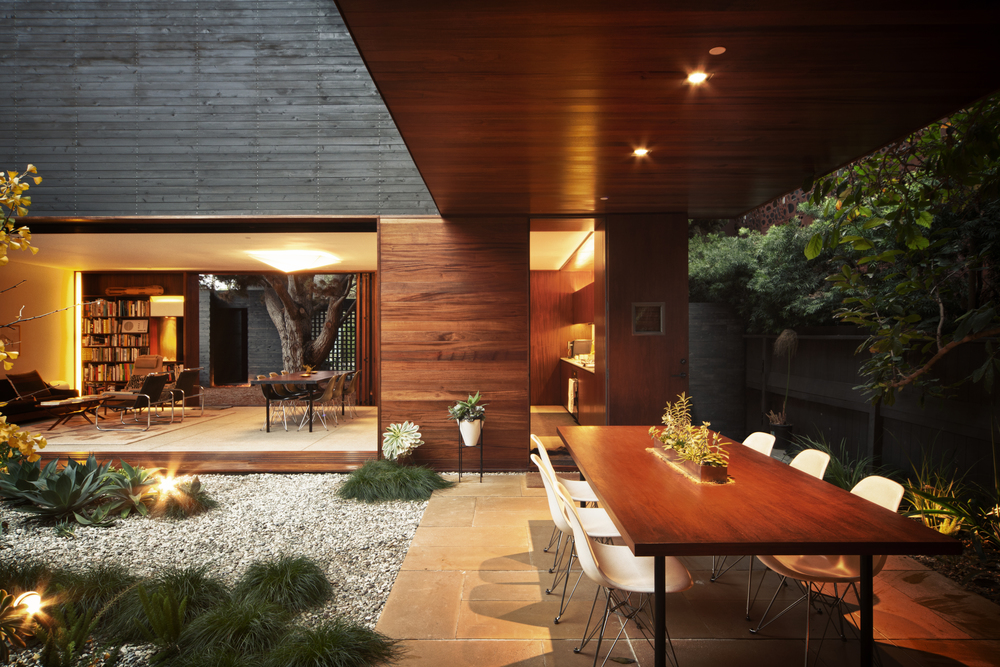
Source: maricamckeel.com
Urban modern home design is constantly evolving, mirroring shifts in technology, sustainability concerns, and lifestyle preferences. Anticipating these trends allows homeowners and designers to create spaces that are not only aesthetically pleasing but also functional and adaptable for the future. Understanding the likely impacts of technology and sustainability will be crucial for successful design decisions.
Technology’s Impact on Design
Technology is rapidly transforming how we live and work, and this is profoundly influencing urban modern home design. Smart home systems, integrated appliances, and virtual assistants are becoming increasingly prevalent, impacting space planning and material choices. Homes are no longer just places to live; they are hubs for technology integration. Homes will likely incorporate advanced energy management systems, automated lighting, and personalized climate control.
Virtual reality (VR) and augmented reality (AR) may play a growing role in visualizing and designing interiors, offering interactive previews before construction begins.
Emerging Materials and Technologies
Innovative materials and technologies are shaping the future of construction and design. Recycled and sustainable materials are gaining popularity, reflecting a growing awareness of environmental responsibility. Advanced composites, offering lightweight strength, are being used for structural elements and interior finishes. 3D printing is emerging as a versatile tool for creating custom furniture and fixtures, allowing for intricate designs and individualized solutions.
Bio-based materials like mycelium and bamboo are gaining traction as environmentally friendly alternatives to traditional materials.
Sustainability in Urban Design
Sustainability is no longer a niche concern but a core element in urban modern home design. Future homes will prioritize energy efficiency, using renewable energy sources, and minimizing environmental impact. Passive design strategies, such as maximizing natural light and ventilation, will become more prevalent, reducing reliance on artificial systems. Water conservation measures and smart irrigation systems are likely to become standard features, reducing water usage and promoting responsible water management.
Green roofs and vertical gardens are likely to become more integrated into the design, creating eco-friendly and aesthetically pleasing environments.
Lifestyle Changes and Design Impact
The rise of remote work and flexible lifestyles is changing how people use their living spaces. Open floor plans, adaptable spaces, and designated work areas are likely to become standard features in urban modern homes. Multi-functional furniture and modular designs will provide flexibility to accommodate changing needs and preferences. Focus on wellness and mindfulness will likely manifest in design choices, with features such as indoor gardens, quiet zones, and integrated wellness technologies.
Homes will be designed with more consideration for community interaction, reflecting the trend of urban living.
Future Design Challenges and Solutions
Creating sustainable, adaptable, and technologically advanced homes in urban environments presents unique challenges. Cost-effective integration of technology and sustainable materials is crucial. Designers need to ensure that technology is intuitive and seamlessly integrated into the home, rather than creating a complex and confusing system. Balancing the need for adaptability with maintaining a cohesive aesthetic will be a significant design challenge.
Collaborations between architects, engineers, and technology specialists will be crucial to develop effective solutions. Future urban modern homes will require an understanding of long-term maintenance and upgrade strategies.
Closure
In conclusion, designing an urban modern home is a fascinating blend of aesthetics, practicality, and sustainability. By considering the various elements discussed – from interior design choices to technology integration and cost factors – homeowners can create a home that perfectly reflects their lifestyle and urban context. The future of urban modern homes is promising, with new trends and technologies continuously shaping the way we live and design.
Common Queries
What are the typical materials used in urban modern homes?
Common materials include concrete, steel, glass, and wood. The specific choice often depends on the desired aesthetic, budget, and sustainability goals.
How does urban density influence exterior design?
Urban density often necessitates compact designs, maximizing space utilization, and integrating elements like green walls or vertical gardens to bring nature into the space.
What are some common challenges in designing urban modern homes?
Challenges often include limited space, navigating building regulations, and balancing aesthetics with practicality. Finding innovative ways to maximize functionality in compact spaces is crucial.
How can technology be integrated into urban modern homes?
Smart home features like automated lighting, climate control, and security systems are frequently integrated, enhancing convenience and energy efficiency.
What are some cost-effective ways to create an urban modern design?
Using sustainable materials, focusing on efficient space planning, and opting for versatile, multi-functional furniture can significantly reduce costs without sacrificing style.
- Obscure Glass A Detailed Look - June 2, 2025
- Home Automation System Your Smart Home Guide - May 6, 2025
- Urban Modern Home Design & Lifestyle - May 6, 2025

